Introduction to Agateware Pottery
What makes pottery truly special? For many, it is the blend of artistry and craftsmanship that brings everyday objects to life. Among these unique forms, agateware pottery stands out with its captivating swirls and vibrant colors that mimic the natural beauty of agate stone.
Originating as a distinct ceramic style in the 17th century, agateware is celebrated for its stunning appearance and remarkable versatility. Each piece tells a story through its intricate patterns and textures, making it not just functional but also a work of art.
In this article, we will travel through the rich history and significance of agateware pottery. From its fascinating origins and intricate making processes to its cultural importance and modern-day revival, we invite you to explore the many layers of this vibrant ceramic tradition.
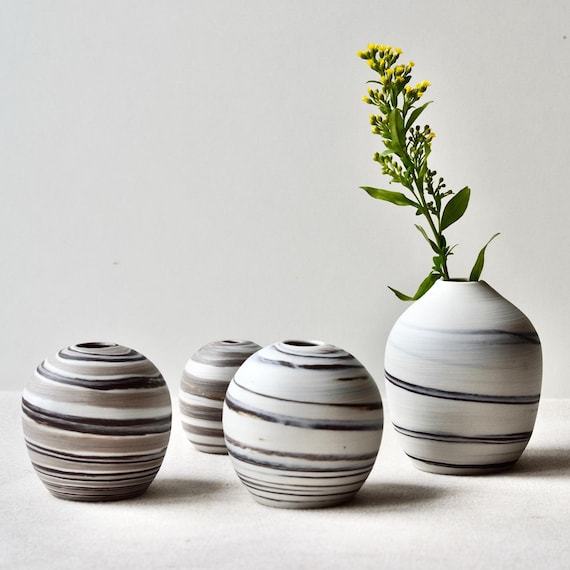
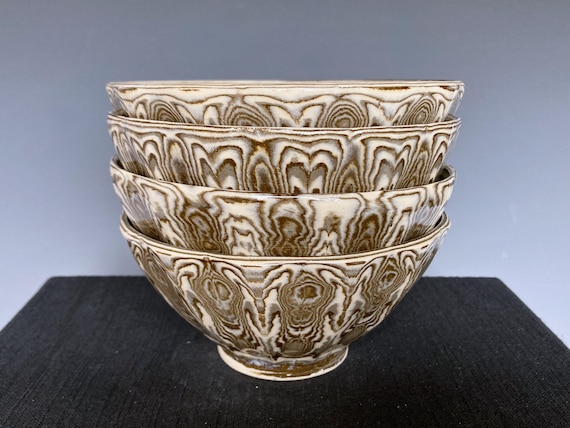
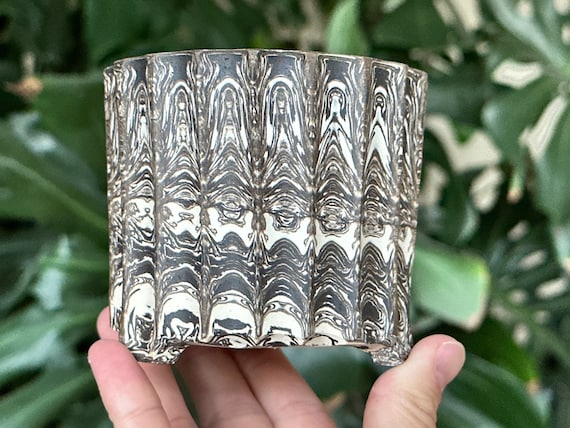
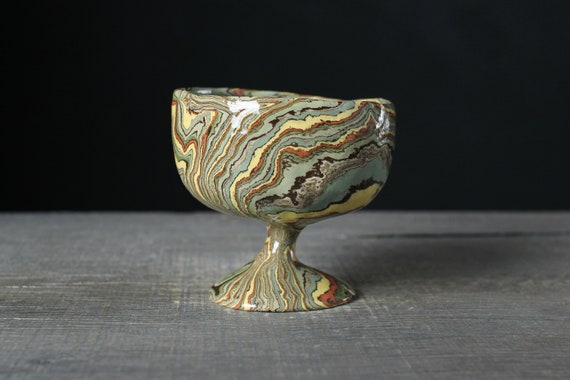
Mastering Agateware: Create Stunning Swirly Pots with Ease!
The Origins of Agateware Pottery
Agateware, with its swirling patterns and rich coloration, has roots that trace back to 17th-century Europe. This unique style emerged as artisans sought innovative ways to enhance their pottery’s aesthetic appeal, leading to the development of a distinctive multi-colored clay body. The earliest examples are often linked to the potters of Staffordshire, England, where the marriage of technique and artistry began to flourish.
Birth of a New Technique
At the heart of agateware’s creation lies the ingenious technique of mixing different colored clays before molding them. These clay bodies are often kneeded together and then twisted or layered to create the appearance of natural stone. The result is a strikingly visual effect that, when fired, results in a durable and visually appealing surface. The choice of materials plays a critical role:
Artisans employed various molds and shaping techniques to create vessels, dishes, and decorative items, each piece showcasing the beauty of the marbled clay.
Cultural Context and Commercial Demand
The rise of agateware coincided with an increasing demand for unique and decorative household items during the 18th century. As trade expanded and the middle class began to grow, the market for such exquisite pottery also expanded. This pottery became a sought-after commodity, not just in England, but across Europe and beyond. Potters like Josiah Wedgwood elevated the style, integrating the swirling designs into everyday functional ware while appealing to collectors and connoisseurs alike.
Agateware also drew inspiration from the aesthetics of nature, particularly the layers and colors found in agate stones, which appealed to the Romantic sensibilities of the time. This connection to nature helped to weave the pottery into the fabric of everyday life, capturing the imagination of those who appreciated the beauty of both art and utility.
Looking ahead, the intricate processes and innovations that defined the initial stages of agateware’s creation set the tone for the artistry and craftsmanship that would follow. In the next section, we will delve deeper into the art of making agateware, examining the techniques that keep this tradition vibrant and relevant today.
The Art of Making Agateware
Agateware pottery is renowned not only for its striking aesthetic but also for the sophisticated craftsmanship that underpins its creation. The art of making agateware involves a meticulous process that allows artisans to transform simple clays into breathtaking pieces that mirror the beauty of natural agate stones.
The Process of Creation
The journey of crafting agateware begins with the selection of colored clays. Traditionally, potters choose a combination of:
These clays are carefully kneaded, blended, and often layered to create a marbled effect before shaping. Artisans use several techniques to achieve the distinctive swirls and patterns:
- Twisting: The colored clays are twisted together, allowing elements of each color to blend without fully mixing.
- Layering: By stacking different colors, potters can create a stratified look that, when sliced through, reveals unique patterns.
- Molding: The pliable clay is then pressed into molds, giving form to items ranging from bowls and vases to figurines.
The final step involves firing the pieces in a kiln at carefully controlled temperatures. This stage is critical, as it solidifies the pottery while allowing the colors to interact, often resulting in surprising new hues and depth.
Skill and Expertise
Creating agateware is not just about the material but also about the skills of the artisan. Each potter brings individual artistry to the process, with techniques passed down through generations. Successful artisans must possess:
Many contemporary potters continue to refine these traditional techniques while also exploring innovative methods. For instance, some artists now incorporate non-traditional materials or modern glazing methods to enhance the agateware aesthetic further.
As we witness these time-honored practices evolve, it is fascinating to see how the cultural significance and usage of agateware have transformed throughout history. In the subsequent section, we will explore this narrative, revealing how agateware has been appreciated and utilized across various cultures and epochs.
Cultural Significance and Usage
Agateware pottery holds a special place in the cultural tapestry of various societies, serving not only as functional ware but also as a cherished form of artistic expression. Its intricate designs and vibrant colors have enabled it to transcend mere utility, becoming a medium through which the values, aesthetics, and social practices of different cultures are reflected.
The Blend of Functionality and Art
Throughout history, agateware has been utilized in everyday life, embodying both practicality and artistry. For many households, these beautiful ceramics served as essential tableware, making meals more visually appealing. Imagine sharing a cozy dinner with friends, the exquisite patterns of agateware bowls brightening the table. These pieces were not just vessels for food; they contributed to the ambiance and storytelling of everyday life.
This dual-purpose functionality and decorative appeal allowed agateware to thrive in various contexts, from ordinary domestic settings to more formal occasions, signifying both status and taste.
Symbolism and Artistic Expression
The swirling patterns of agateware often represent deeper metaphors and cultural ideals. As artisans incorporated the natural world’s beauty into their work, the pottery mirrored the human connection to nature. The delicate interplay of colors might symbolize the complexity of life, transforming mundane objects into profound statements.
Legacy and Cultural Continuity
As time has progressed, the legacy of agateware continues to influence contemporary pottery and art. Modern artists often draw inspiration from historical techniques and aesthetics, exploring how agateware can still resonate in today’s society.
In various cultures, pottery is not just a craft but a communal activity reflecting local customs and shared experiences. As potters today experiment with agateware, they are not merely replicating the past; they are weaving new narratives that connect tradition with innovation. This cultural exchange fosters appreciation for agateware in diverse communities, ensuring its relevance for future generations.
As we delve deeper into the evolution of agateware through time, we will witness how this magnificent tradition has adapted while retaining its essential connection to the artistry and cultural heritage from which it sprang.
The Evolution of Agateware Through Time
The journey of agateware pottery is marked by its capacity to evolve and adapt across different cultures and historical periods. From its 17th-century origins to contemporary practices, this art form has been influenced by various styles and techniques, as well as significant historical events that shaped artistic expression.
Early Developments in Europe
Agateware found its footing primarily in England during the 17th and 18th centuries. Initially, potters like those in Staffordshire experimented with this innovative clay technique, which imitated the rich, swirling patterns of agate stones. By the late 18th century, the influence of neoclassicism led to simpler forms where agateware was often combined with more traditional types of pottery, resulting in pieces that were not only visually beautiful but also practical for everyday use.
Cross-Cultural Influences
As the 19th century rolled in, trade routes expanded, exposing European potters to various styles from Asia, the Americas, and other regions. This cultural exchange influenced agateware techniques in several ways:
These exchanges not only enriched the aesthetic appeal of agateware but also broadened its market audience, elevating it beyond a local craft to a respected art form appreciated across continents.
The Impact of Industrialization
The Industrial Revolution in the late 18th century brought significant changes to pottery production, including agateware. As factories emerged, mass production techniques made pottery more accessible, reducing costs while simultaneously influencing design. While some purists lamented the loss of individual craftsmanship, this shift allowed for a new breed of consumers to enjoy the beauty of agateware in their daily lives.
Innovations in kiln design also facilitated the firing of more intricate pieces, allowing potters to experiment with colors and textures in ways previously thought impossible. This period marked a turning point, whereby agateware began to adapt to modern tastes, often incorporating less traditional forms and bold colors.
Contemporary Resurgence
In recent decades, there has been a renewed interest in agateware, often referred to as a “craft revival.” Contemporary artists are now exploring agateware with fresh eyes, infusing today’s global influences with age-old techniques. Some of these artists blend modern materials with traditional methodologies, resulting in vibrant works that speak to both nostalgia and innovation.
As we look towards the future of agateware, it is evident that its rich history and continual evolution will inspire both traditional and contemporary artisans alike. The dedication to craft and the blending of diverse influences ensures that agateware will remain a cherished medium of artistic expression for years to come. In our next section, we will examine the modern revival and introduce some of the contemporary artists who are breathing new life into this dynamic art form.
Modern Revival and Contemporary Artists
In recent years, there has been a captivating resurgence of interest in agateware pottery, a style once thought to have faded into the annals of history. Contemporary artists are now stepping into the spotlight, revitalizing this traditional craft and blending it with modern aesthetics and sensibilities. As a result, agateware is experiencing a renaissance, captivating a new generation of collectors and enthusiasts.
Embracing Tradition with a Twist
Today’s potters are not just replicating age-old techniques; they are innovating them to create unique expressions of contemporary art. Many artisans draw upon the rich history of agateware while incorporating modern influences, resulting in pieces that maintain the classic charm but resonate with today’s design preferences.
Spotlighting Contemporary Artists
Several contemporary artists stand out in this agateware revival, each contributing their own style and interpretation. For instance, Sarah Huckleberry, known for her lush marbling techniques, combines bold colors and textures to create one-of-a-kind functional pieces. Her works not only serve as dinnerware but also as conversation starters, celebrated for their vibrant personality.
Another notable figure is Chase Hedges, who melds digital technology with traditional pottery. He uses 3D printing to create molds that capture the swirling effects characteristic of agateware while refining the aesthetic appeal with graphic patterns, offering a fresh take on an ancient craft.
Engaging Collectors and Art Lovers
As a result of this revival, agateware is experiencing newfound admiration among collectors and art lovers alike. Galleries and exhibitions are beginning to feature this resurgent art form, highlighting the craftsmanship and creativity that go into each piece. From traditional pottery shows to modern art spaces, agateware is gaining recognition for its aesthetic versatility.
As contemporary artists continue to redefine agateware pottery and embrace innovative approaches, they pave the way for an exciting future filled with possibilities. This dynamic interplay between tradition and modernity invites us to appreciate agateware not only as historical relics but as a living art form, rich with potential for expression.
In our conclusion, we will reflect on the timeless appeal of agateware and its ability to inspire through both its history and its modern interpretations.
Conclusion: The Timeless Appeal of Agateware
The journey of agateware pottery is a fascinating tapestry woven with rich heritage, artistic innovation, and cultural significance. From its origins in early English potteries to its modern-day revival, agateware embodies a unique blend of beauty and craftsmanship that continues to resonate with artisans and collectors alike. Its vibrant patterns and tactile qualities remind us of the enduring allure that handmade objects can hold in an increasingly digital world.
As you explore the world of agateware, consider how this exquisite art form connects us to our historical roots while inspiring contemporary creativity. Whether you’re a seasoned collector or a curious newcomer, the vibrant charm of agateware pottery is worth discovering, celebrating, and perhaps even incorporating into your own life. Engage with this timeless craft, and appreciate the artistry that each piece represents.

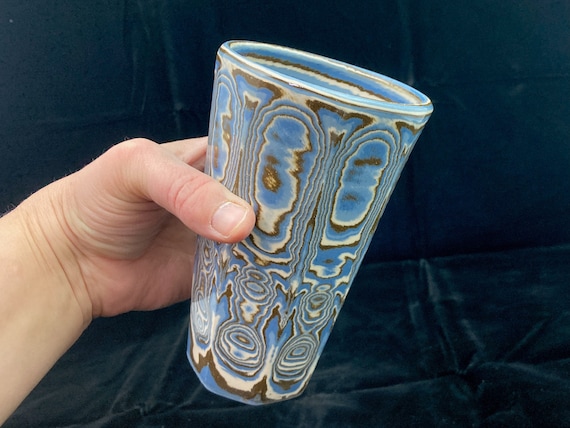


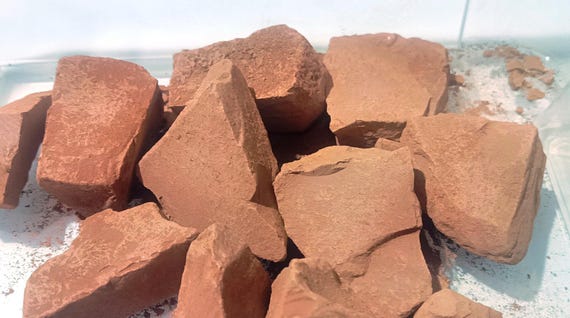
Honestly, the historical aspect of this pottery is intriguing, but the article felt a bit dry in parts. I mean, it’s pottery, not a thriller! 😂 Still, I appreciate the info. The soup bowl looks nice, though.
I get what you mean, but I think the history is what makes it special! The soup bowl is definitely tempting.
Thanks for your feedback, Brian! We’re glad you found some parts interesting. The soup bowl is quite popular!
Agateware is cool and all, but I’m a bit skeptical about its durability. Anyone had issues with cracking or fading? I like the idea of a soup bowl, but only if it’s tough enough for daily use!
I’ve had a brown agateware bowl for over a year, and it’s still perfect! No fading at all. It’s my go-to for soups.
Hi Chris! Agateware is generally quite durable if cared for properly. Most users report great durability!
Interesting read! I had no idea about the evolution of agateware. I might get that versatile soup bowl for my mom. She loves collecting unique kitchenware!
That would be a great gift! I’m sure she’ll appreciate its uniqueness.
Thanks for your comment, Mark! The soup bowl is a lovely gift choice!
I’m so glad agateware is making a comeback. Those beautiful colors are unmatched! I’m eyeing that wine goblet… perfect for my wine nights! 🍷
Thanks, Olivia! The goblet is a favorite for many. Enjoy your wine nights!
I got the goblet and it’s so elegant! Perfect for impressing guests.
I enjoyed reading about the cultural significance of agateware. It’s fascinating how art evolves with time. I’m curious about how modern artists are reviving these techniques. Anyone know of any cool contemporary pieces?
Great point, Jessica! Many artists are blending traditional methods with modern aesthetics. The green goblet is indeed a popular choice!
Check out some Etsy shops! They have unique stuff, like that green wine goblet. Perfect for my next dinner party!
Agateware is just so unique! I love that it’s both art and functional. I can’t wait to order that terracotta planter! Do you think it goes well with succulents?
Absolutely! Succulents will thrive in that planter. It’ll be a nice touch for your decor.
Great choice, Rachel! Succulents are perfect for that style of planter!
This article made me appreciate pottery more! I’m not an artist, but I’d love to try making my own agateware. Any tips for beginners?
Great advice, Emma! Starting simple is key. Good luck, Kevin! Keep us posted on your progress!
I’d suggest starting with air-dry clay. It’s super forgiving! Once you get the hang of it, you can experiment with colors.
Wow, I never knew agateware pottery had such a rich history! The way they mix colors is just stunning. That black and white vase on Etsy is calling my name! 😍 Anyone here have one? How does it hold up after a few washes?
Hi Sarah! The black and white ceramic vase is one of our best sellers. It’s crafted to last, but hand washing is always a good idea!
I have the vase, and it’s beautiful! I hand wash it just to be safe. No chips yet! Definitely a conversation starter.
I love how agateware has such a timeless appeal. I’m trying to collect a few pieces for my kitchen. That mini planter seems like a must-have! 🌿
The mini planter is adorable! I ordered one last week, and it looks even better in person.
Thanks for your excitement, Linda! The mini marbled planter is perfect for any small plant!